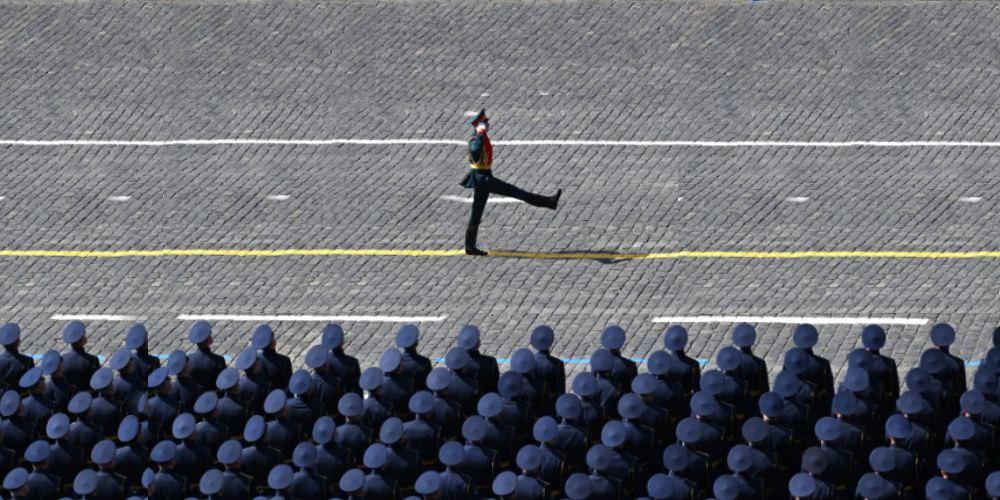Opinion: From Xi’an to Astana – Elevating China–Central Asia Cooperation to a New Height
As summer awakens the vibrant landscapes of Kazakhstan, with lilac blossoms aglow and the Ishim River meandering through the capital, Astana is once again at the center of regional diplomacy. From June 16 to 18, Chinese President Xi Jinping will visit Kazakhstan to attend the Second China–Central Asia Summit — an event of both symbolic weight and strategic substance. This year’s summit marks more than a diplomatic gathering — it signifies the maturing of a young but increasingly impactful multilateral framework born from centuries-old ties. From the ancient Silk Road to today’s modern infrastructure corridors, the five Central Asian nations and China are deepening a relationship rooted in trust, driven by mutual benefit, and destined to shape the region’s collective future. Ancient Friendship, Strategic Renewal More than 2,100 years ago, Chinese envoy Zhang Qian opened the first pathway to Central Asia, laying the groundwork for millennia of exchange. In 2013, standing in Kazakhstan, President Xi unveiled the Silk Road Economic Belt, the founding vision of what would become the Belt and Road Initiative (BRI), reviving the spirit of the ancient Silk Road for a new era. Since then, cooperation between China and Central Asia has grown from historical affinity into a full-spectrum partnership. Over the past decade, this partnership has reached “three completions”: the full establishment of comprehensive strategic partnerships between China and all five Central Asian countries, full coverage of BRI cooperation documents, and full alignment with the concept of a shared future for humanity. These milestones demonstrate not just diplomatic intent but a shared strategic outlook that has withstood global uncertainties. As Xi noted, the decision to deepen China–Central Asia cooperation is not a product of convenience, but a generational choice made by leaders with long-term vision, responding to the will of their peoples and the imperatives of regional stability. Tangible Results: A Shared Path to Modernization Since the launch of the China–Central Asia mechanism in 2020, progress has accelerated. The elevation of this platform to the leaders’ level in 2023 during the Xi’an Summit underscored its growing relevance. From the Xi’an Declaration to the establishment of a permanent secretariat, institutional foundations are now firmly in place. More importantly, the mechanism is delivering real results. Trade between China and the five Central Asian states reached a record $94.8 billion in 2024, a $5.4 billion increase from the previous year. New cooperation structures in transport, agriculture, customs, and emergency management are enabling efficient multilateral coordination. A flagship example is the China–Kyrgyzstan–Uzbekistan railway, now under active construction, marking a milestone in physical connectivity. This long-anticipated project, personally championed by the three heads of state, will reshape regional logistics and unlock new trade routes across Eurasia. Beyond rail, a web of cooperation is forming: the high-functioning Khorgos Gateway and the newly launched Kazakhstan Xi’an Terminal, increased Caspian Sea corridor traffic, and regularized freight trains between China and Central Asia. These are not mere infrastructure projects — they are lifelines of mutual development. Kazakhstan, in particular, is actively reinforcing its role as...






